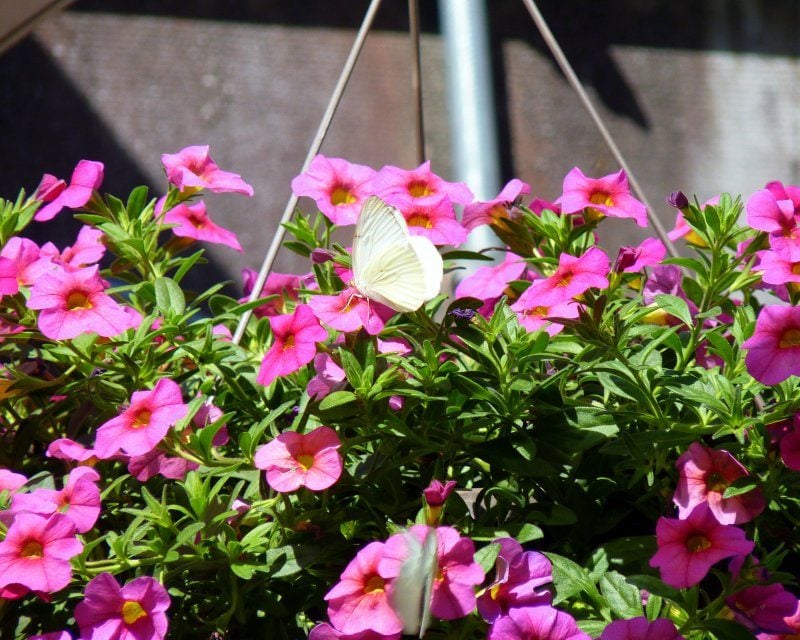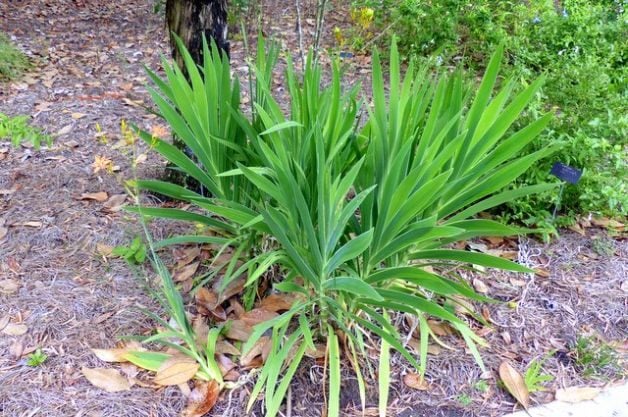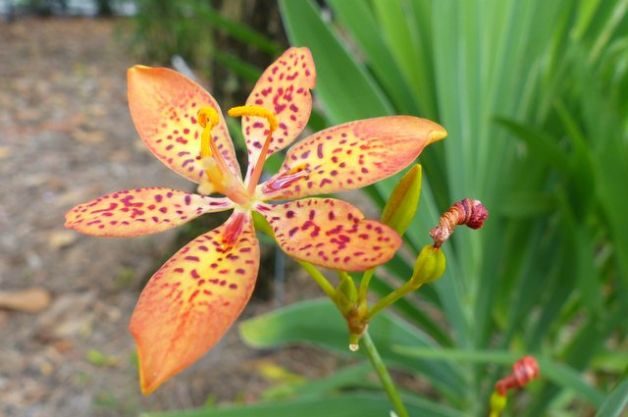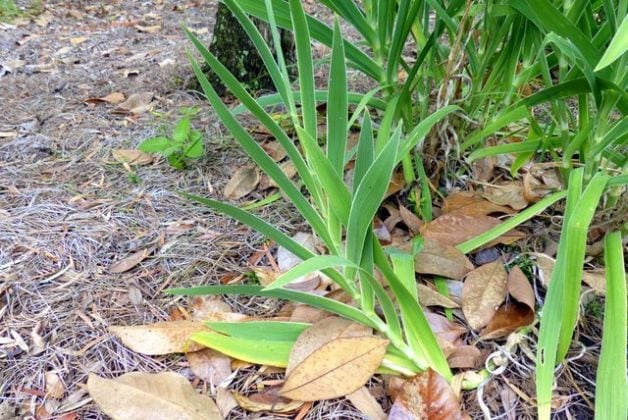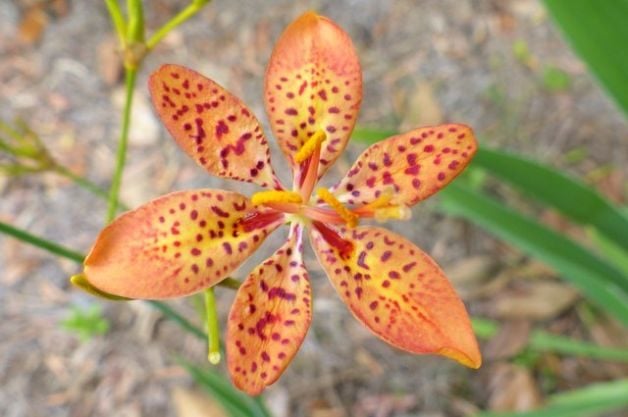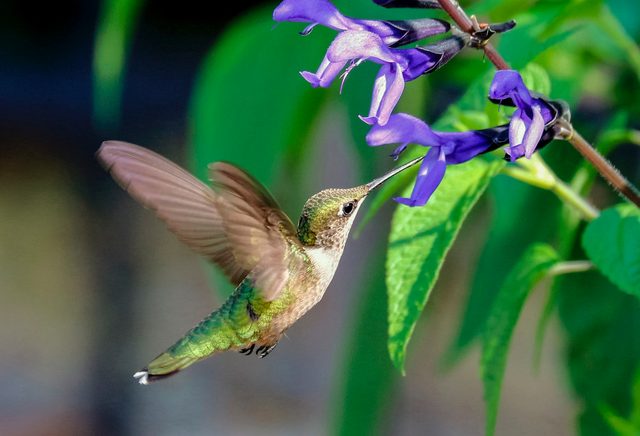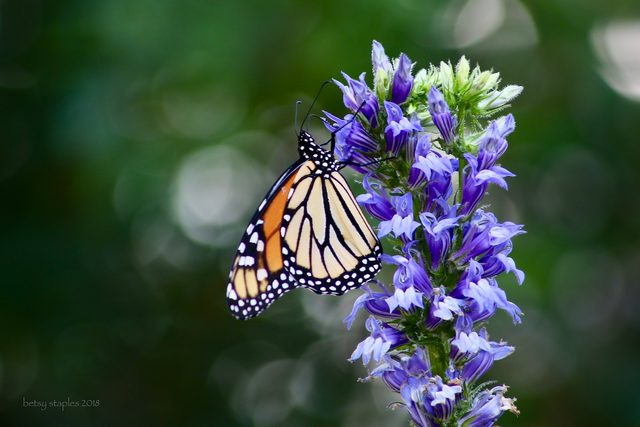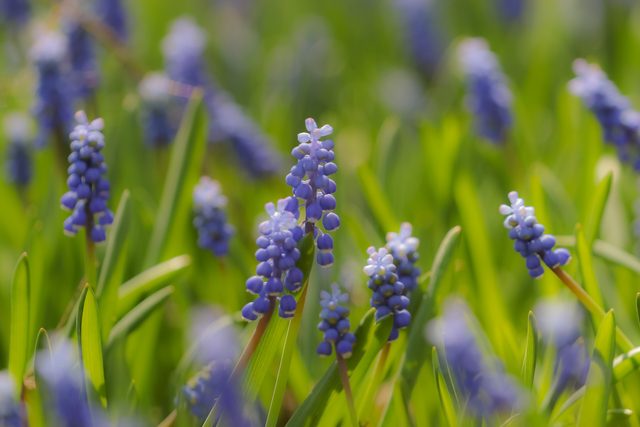چرا باید نیلوفرهای Calla را پرورش دهید؟

شکوفه های منحصر به فرد و چشمگیر یک زنبق همیشه در باغ به نمایش در می آیند (حتی اگر از نظر فنی نیلوفر نباشند). در آب و هوای گرم تر، نگهداری از نیلوفرهای کالا آسان است. در جایی که زمستانها سرد است، کار اضافی انجام میشود، اما گلهای نفیس آنها ارزش تلاش را دارند.
- نام گیاه شناسی: زانتدشیا spp
- منطقه رشد: 8 تا 11 (یا کمتر، اگر در زمستان حفر شده و در داخل خانه نگهداری شود)
- نیازهای نور: تماما آفتابی تا کمی ابری
- خاک: خوب زهکشی شده
- استفاده کنید: گل بریده عالی
- نکته حیاط خلوت: تمام قسمت های گیاه سمی هستند. دور از کودکان و حیوانات خانگی نگهداری شود.
آیا نیلوفرهای Calla چند ساله هستند؟

نیلوفرهای Calla گیاهان چند ساله مناطق استوایی و نیمه گرمسیری هستند. در مناطق رشد 8 تا 10، آنها با کمی مراقبت اضافی پس از ایجاد رشد می کنند. اما باغبانان مناطق 7 و پایین تر باید با نیلوفرهای کال کمی متفاوت رفتار کنند.
شما به سادگی می توانید آنها را به صورت یکساله بکارید تا برای یک فصل از آن لذت ببرید. یا، میتوانید لامپها را هر زمستان بلند کنید و در داخل خانه نگهداری کنید تا از یخ زدگی محافظت کنید.
زمانی که نیلوفرهای کال به صورت چند ساله رشد می کنند، در اواخر بهار یا اوایل تابستان شروع به گل دادن می کنند. انواع مختلفی از نیلوفرهای کالا وجود دارد و می توان آنها را به سه دسته زمان شکوفایی تقسیم کرد: اوایل فصل، اواسط فصل و اواخر فصل.
هنگامی که یک گیاه شروع به شکوفه می کند، معمولاً 6 تا 12 هفته ادامه می یابد. با کاشت ترکیبی از انواع مختلف، می توانید از این گل های خاص در تمام فصل لذت ببرید.
نحوه رشد و مراقبت از گیاهان زنبق آسیایی را بیاموزید.
Calla Lily Care

با انتخاب انواعی که متناسب با نیاز باغ شما هستند شروع کنید. واریته هایی که رشد کمتری دارند در حدود 12 اینچ قرار می گیرند که آنها را در حاشیه ایده آل می کند. انواع بلندتر می توانند به 2 تا 3 فوت برسد و ممکن است برای پشت باغ مناسب تر باشند.
مطمئن شوید که هر روز حداقل مقداری آفتاب دریافت خواهند کرد. در مناطق خنک تر، این گیاهان می توانند آفتاب کامل را تحمل کنند، در حالی که آفتاب صبح و سایه بعد از ظهر در مناطق گرمتر بهترین است.
نیلوفرهای Calla از ریزوم رشد می کنند. آنها را در بهار در خارج از منزل شروع کنید، بعد از اینکه تمام خطر یخبندان از بین رفت و خاک تا حداقل 65 درجه فارنهایت گرم شد.
روی آنها را با خاک بپوشانید و آبیاری کنید، سپس به مقدار کم آبیاری کنید تا اولین شاخه ها در بالای زمین ظاهر شوند. آبیاری منظم به محض ظاهر شدن برگها همراه با دوز کود مایع یک بار در ماه یا بیشتر انجام دهید.
زنجبیل گرمسیری را برای گل های اواخر فصل پرورش دهید.
زمستان گذرانی Calla Lilies
ساقههای گلهای مصرفشده را از پایه بیرون بکشید تا گیاه انرژی خود را بهجای دانهدهی به شکوفههای سال آینده هدایت کند. اجازه دهید گیاه به طور طبیعی در پاییز بمیرد، زمانی که در زمستان به حالت خفتگی می رود. در مناطق 8 تا 10، به سادگی آبیاری را کاهش دهید و اجازه دهید گیاه استراحت کند. در صورت تمایل می توانید هر برگ یا شاخ و برگ زرد شده را کوتاه کنید.
در مناطق خنک تر، برگ ها را کوتاه کنید و یک یا دو اینچ از ساقه باقی بمانید. ریزوم ها را حفر کنید و آنها را در پیت ماس کمی مرطوب در یک مکان تاریک خنک نگهداری کنید.
در بهار که خاک دوباره گرم شد، دوباره بکارید. توجه داشته باشید که در سال های بعد، ممکن است شاهد کاهش گلدهی باشید. لقاح را به هر دو هفته یک بار افزایش دهید تا شکوفه ها را تشویق کنید.
برای زیبایی گرمسیری در باغ گل کانا بکارید.
پرورش نیلوفرهای Calla در داخل خانه

نیلوفرهای Calla اغلب به عنوان گیاهان گلدانی فروخته می شوند و در واقع می توان آنها را در داخل خانه پرورش داد. آنها در صورت رشد در ظروف به کود دهی مکرر نیاز دارند، اما در غیر این صورت نیازهای رشد آنها تقریباً یکسان است. در نظر بگیرید که آنها را در ماه های تابستان در فضای باز به منطقه ای منتقل کنید که حدود شش ساعت در روز نور خورشید دریافت می کند.
به طور مرتب آبیاری کنید تا خاک به طور مداوم مرطوب بماند (اما نه خیس). در زمستان، گلدان ها را به مکانی خنک منتقل کنید، آبیاری را کاهش دهید و اجازه دهید گیاهان به حالت خواب بروند.
برای رنگ باغچه برجسته، نیلوفرهای شرقی را پرورش دهید.
آیا می توانید یک زنبق Calla را از دانه ها پرورش دهید؟
“آیا زنبق من بعد از شکوفه دادن بذرهایی خواهد داشت که بتوانم آن را برای کاشت در سال آینده ذخیره کنم؟” می پرسد پرندگان و شکوفه ها خواننده شریل کلیفتون
ملیندا مایرز، متخصص باغبانی میگوید: «بله، شما میتوانید نیلوفرهای کال را از دانهها پرورش دهید، اما چندین سال طول میکشد تا گیاه به بلوغ برسد و شروع به شکوفه دادن کند. مراقب مجموعه ای از ساختارهای چاق باشید که با محو شدن گل ها رشد کنند.
بسیاری می گویند این خوشه از ساختارهای هسته مانند شبیه ذرت روی بلال است. هر هسته حاوی یک تا چهار دانه است. همانطور که دانه ها بالغ می شوند، ساختار اطراف نرم و زرد می شود.
برای جدا کردن تک تک دانه ها، هسته را له کنید. دانه ها را بشویید، گوشت باقی مانده را جدا کنید و دانه ها را پخش کنید تا خشک شوند. بذرها را در مکانی خنک و تاریک در یک ظرف در بسته یا کیسه پلاستیکی نگهداری کنید تا زمانی که آماده کاشت شوید.
با جوانه زدن بذرها در یک حوله کاغذی مرطوب داخل یک کیسه پلاستیکی، موفقیت را افزایش دهید. بذرها را مرتبا بررسی کنید و آنهایی را که جوانه زده اند بکارید. جوانه ها (یا بذرها را در صورت حذف قبل از جوانه زدن) در عمق ¼ اینچ و ½ اینچ از هم بکارید یا آنها را روی سطح خاک یک مخلوط گلدان مرطوب و با زهکشی خوب بپاشید. آنها را در مکانی گرم قرار دهید تا جوانه بزنند.
سپس به محض ظاهر شدن رنگ سبز به یک پنجره آفتابی یا زیر نورهای مصنوعی بروید. صبور باشید زیرا ممکن است چندین هفته طول بکشد تا بذرها جوانه بزنند.
منتخب انواع زنبق Calla

- جادوی سیاه: گلهای زرد درخشان با گلوی سیاه. قد 26 تا 30 اینچ، شکوفه های اواسط فصل.
- “ستاره سیاه”: شاخ و برگ خالدار، گلهای سیاه مایل به قهوه ای. 18 اینچ بلند، اوایل فصل شکوفا می شود.
- “کاپیتان سافاری”: گل های نارنجی با رگه هایی با برگ های زرد و خالدار سفید. 12 تا 24 اینچ، در اواخر فصل شکوفا می شود.
- “Garnet Glow”: گلهای صورتی تیره کم رشد. 10 تا 16 اینچ بلند، شکوفه های اواسط فصل.
- “الهه سبز”: گل های سفید با گلوهای سبز، رایحه ای قوی. قد 20 اینچ، شکوفه های اواسط فصل.
در مرحله بعد، نحوه رشد و مراقبت از نیلوفرهای کرینوم را بیاموزید.
درباره کارشناس
ملیندا مایرز کارشناس رسمی باغبانی برای پرندگان و شکوفه ها. او مجری تلویزیون/رادیو، نویسنده و ستون نویس است که بیش از 20 کتاب باغبانی نوشته است. ملیندا مدرک کارشناسی ارشد خود را در رشته باغبانی از دانشگاه ویسکانسین مدیسون دریافت کرد.
The post مراقبت و نکات رشد زنبق Calla appeared first on Birds and Blooms.




























